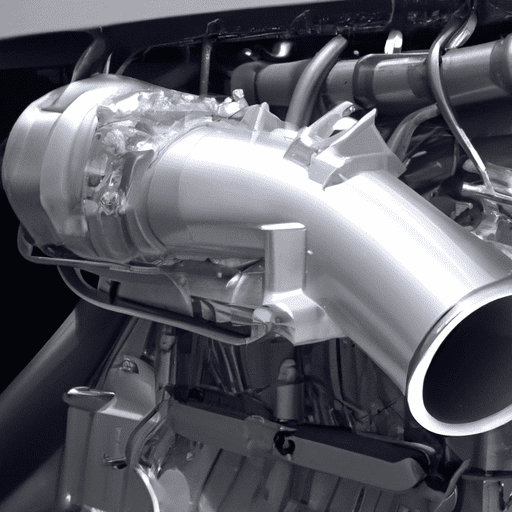Diesel engines have been around for over a century, and despite their many benefits, they have always had a serious drawback: emissions. Diesel engines produce more harmful gases than gasoline engines, and this has led to increasing concern about their impact on the environment and public health.
In recent years, however, there has been a surge in new emissions control technologies that promise to revolutionize diesel engines. These solutions, which range from exhaust after-treatment systems to alternative fuels, are making diesel engines more efficient, cleaner, and more environmentally friendly than ever before.
One of the most promising solutions for reducing diesel emissions is the use of exhaust after-treatment systems. These systems work by treating the exhaust gases from diesel engines with a series of filters and catalysts that neutralize harmful gases like nitrogen oxides (NOx). The result is a cleaner, more efficient diesel engine that produces fewer emissions.
One of the most popular exhaust after-treatment systems is the selective catalytic reduction (SCR) system. This system works by injecting a urea solution into the exhaust gases to reduce NOx emissions. The urea reacts with the NOx to form harmless nitrogen and water vapor. SCR systems have been widely adopted by truck and bus manufacturers and are quickly becoming standard equipment on new diesel engines.
Another popular exhaust after-treatment system is the diesel particulate filter (DPF). This system works by capturing and removing particulate matter (PM) from the exhaust gases. PM is a significant contributor to air pollution and can cause a variety of health problems, including respiratory issues and cardiovascular disease. DPFs have been proven to reduce PM emissions by up to 90%, making them a valuable tool for improving air quality.
But these technologies are just the beginning. In recent years, researchers have been exploring new and innovative ways to control diesel emissions. One of the most promising approaches is the use of alternative fuels.
Biodiesel, for example, is a renewable fuel made from vegetable oils, animal fats, or recycled cooking oil. When used in diesel engines, biodiesel produces significantly lower emissions than traditional diesel fuel. It also has the added benefit of reducing dependence on fossil fuels and supporting local agriculture and industry.
Another promising alternative fuel is natural gas. Natural gas is a cleaner-burning fuel than diesel, producing lower levels of NOx, PM, and carbon dioxide (CO2). Many truck and bus fleets have already made the switch to natural gas, and the trend is expected to continue as more natural gas infrastructure is built across the country.
In addition to alternative fuels, new engine designs are also playing a critical role in revolutionizing diesel engines. One such design is the opposed-piston engine, which features two pistons per cylinder that move towards each other in opposing directions. This design improves engine efficiency by reducing heat loss, which results in lower fuel consumption and emissions.
In conclusion, diesel engines have come a long way in the past century, but their emissions remain a serious concern. Fortunately, new emissions control solutions are quickly changing the game for diesel engines. Whether it’s the use of exhaust after-treatment systems, alternative fuels, or innovative engine designs, these technologies are improving the efficiency and cleanliness of diesel engines like never before. With continued investment in research and development, there’s no telling how much further diesel engine technology can advance in the years to come.

